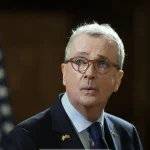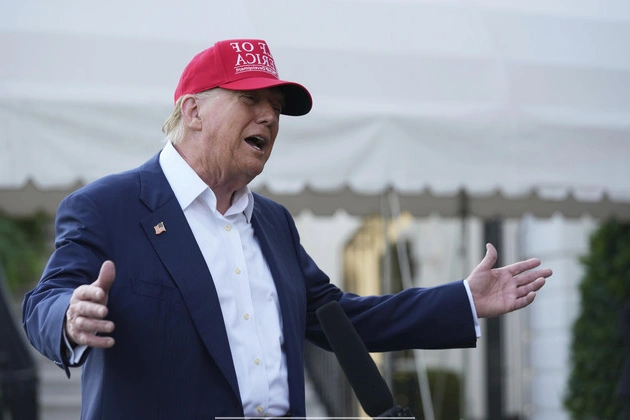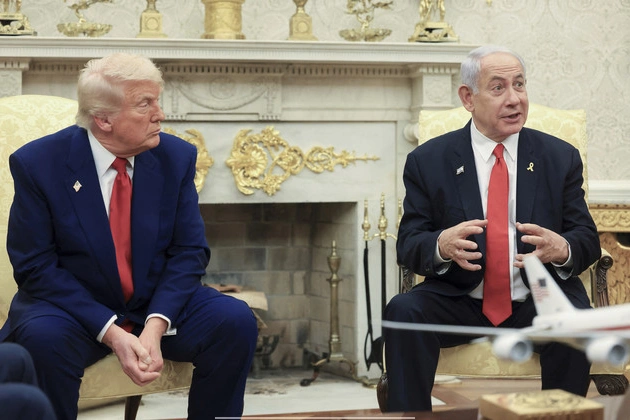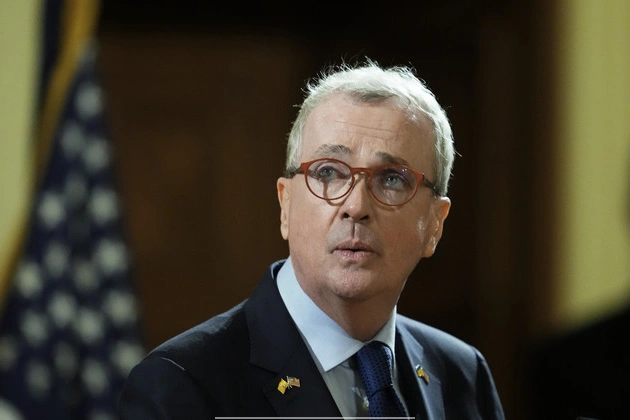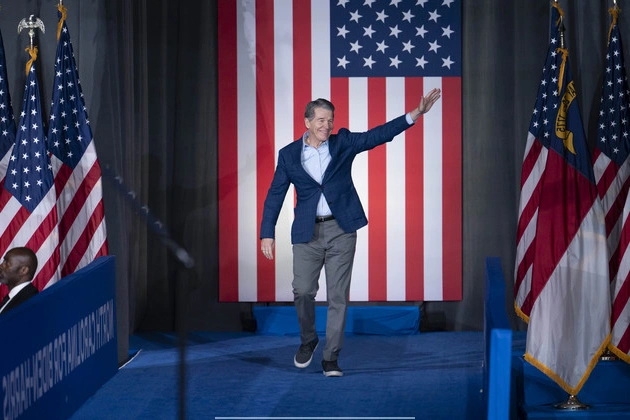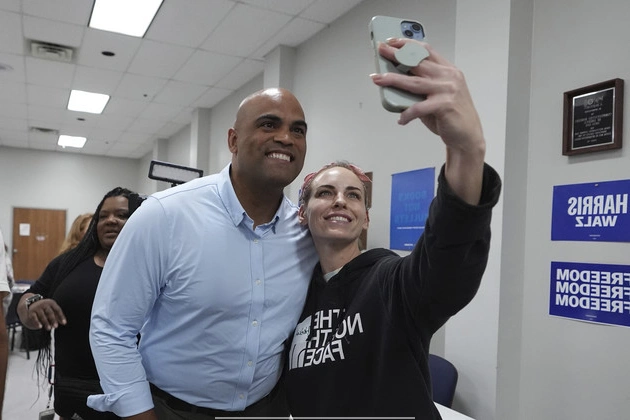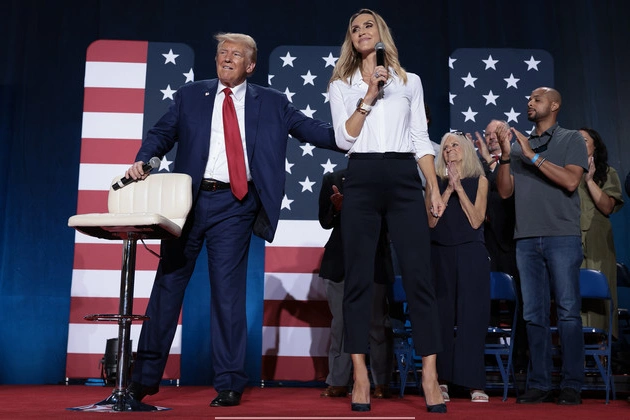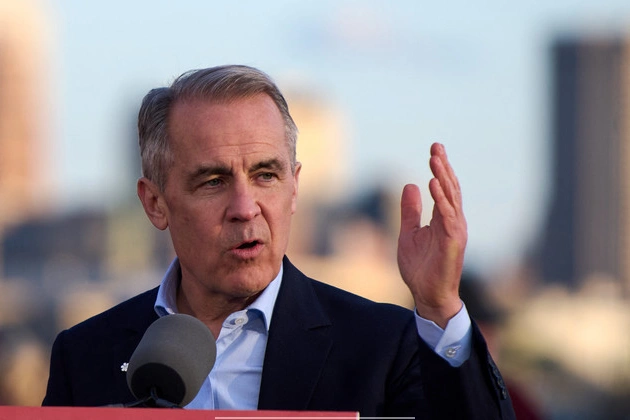
Mark Carney has been elected as Canada’s new Prime Minister, marking a significant shift in the country’s political landscape. His victory over the Conservative Party led by Pierre Poilievre signals a clear mandate from Canadian voters to navigate the challenges posed by President Donald Trump’s tariffs and trade policies.
Carney’s Vision for Canada
Carney’s campaign centered around positioning Canada as a stronghold against external pressures, particularly from the United States. With a background in finance and global economics, he presented himself as a seasoned ‘crisis manager’ capable of safeguarding Canada’s economic interests.
His pledge to ‘Trump-proof’ Canada resonated with voters who expressed concerns about the impact of tariffs on their livelihoods and the nation’s overall prosperity. By advocating for diversification of trade partnerships and a bolstered defense strategy, Carney aims to steer Canada towards a more secure and resilient future.
Challenges and Opportunities
One of the immediate challenges Carney faces is renegotiating trade agreements with the U.S. while asserting Canada’s autonomy in global affairs. His stance on building new alliances and fortifying domestic industries reflects a proactive approach to mitigating economic uncertainties.
Moreover, his emphasis on strengthening Canada’s military presence, particularly in the Arctic region, underscores a commitment to national security and sovereignty. By prioritizing defense partnerships and strategic alliances, Carney seeks to bolster Canada’s position on the international stage.
Looking Ahead
As Carney assumes office, the nation anticipates a period of transition and transformation under his leadership. His strategic roadmap to navigate geopolitical challenges and foster economic growth will shape Canada’s trajectory in the coming years.
With a clear mandate from voters and a vision for a resilient and prosperous Canada, Mark Carney’s premiership heralds a new chapter in the country’s political narrative.


